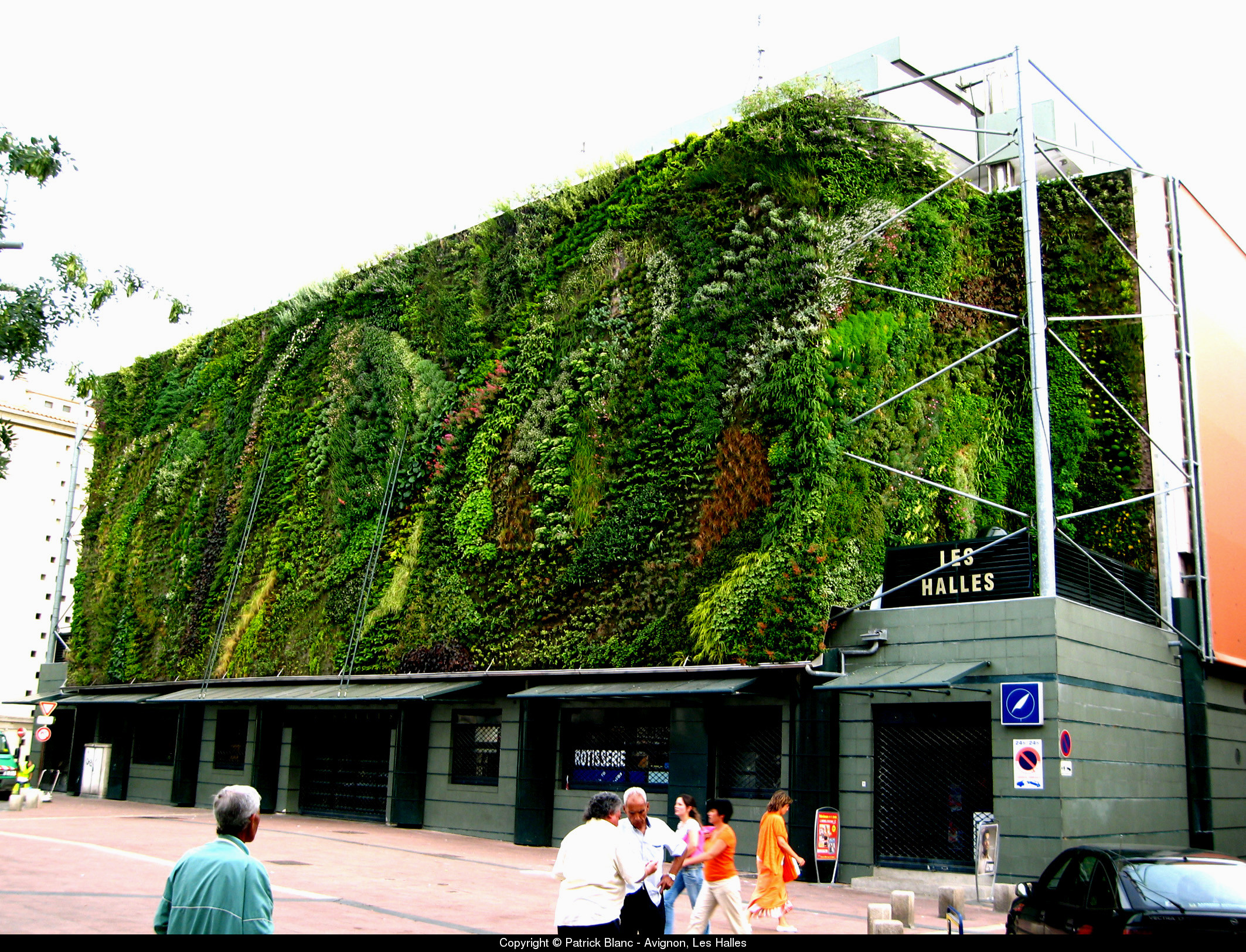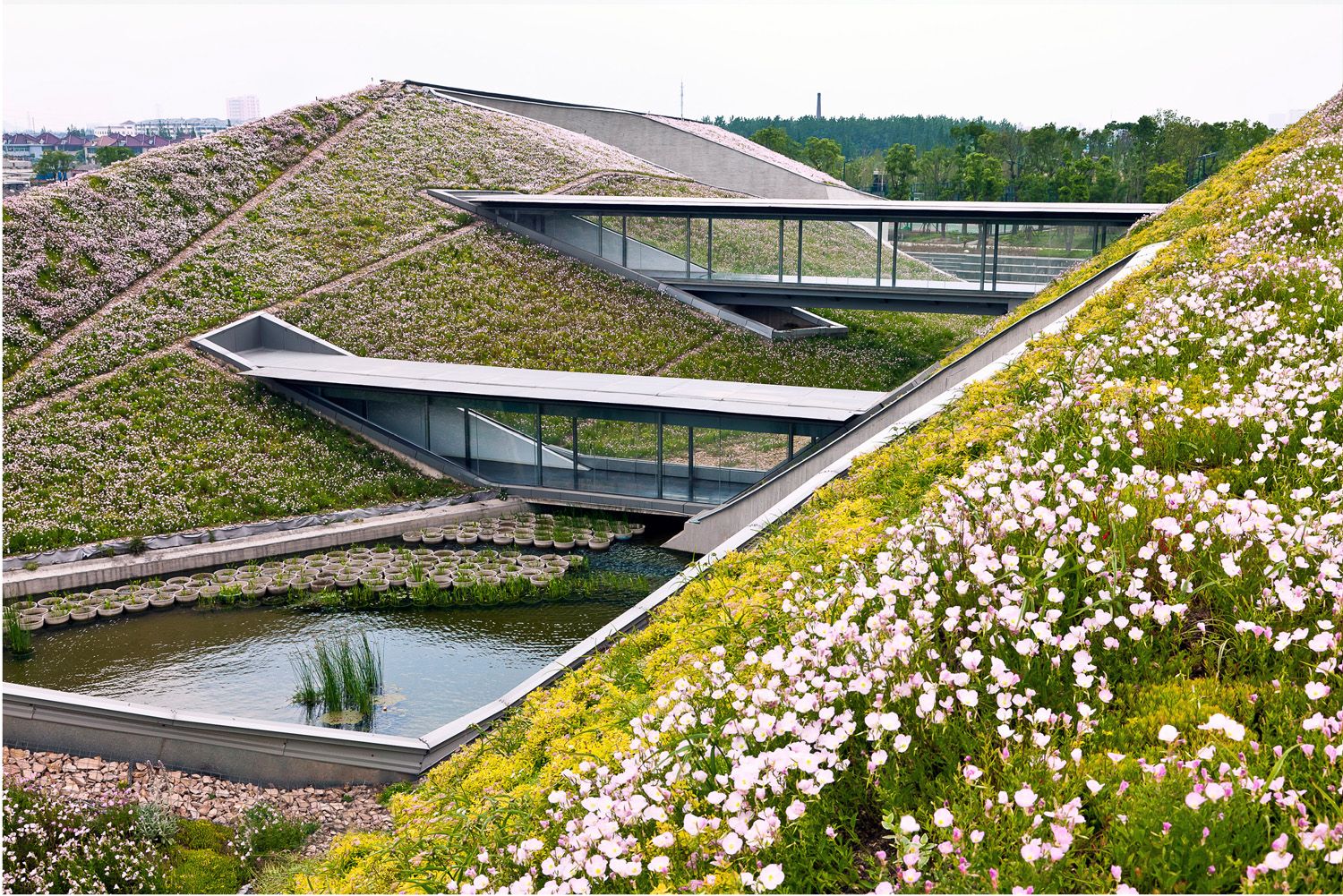
Making Europe’s Built Environment Greener, Healthier and more Resilient
In the past political mandate, the EU has pursued legislation to combat climate change, restore nature, and promote circularity, aiming for climate neutrality by 2050,

In the past political mandate, the EU has pursued legislation to combat climate change, restore nature, and promote circularity, aiming for climate neutrality by 2050,

Paderno Dugnano (Italy), rendering of new plan (already funded) for the creation of a new green area, with recreational spaces for citizens’ and increased permeability

Living wall: A living wall is a vertical vegetated wall system with irrigation. A living wall system is variable depending on the climatic conditions and

Green roof: (Also referred to as living roofs; eco roofs; ecotecture; roofscapes.) Their usage dates back to 10thC BC throughout Persia with particular reference to

Green Infrastructure: There is an international movement towards the regeneration of urban landscapes due to an increased awareness about human impact on the environment. As
Follow us on the channel that best suits you to receive our latest updates!
Join us. Get member benefits. Promote your company, projects, products and services.